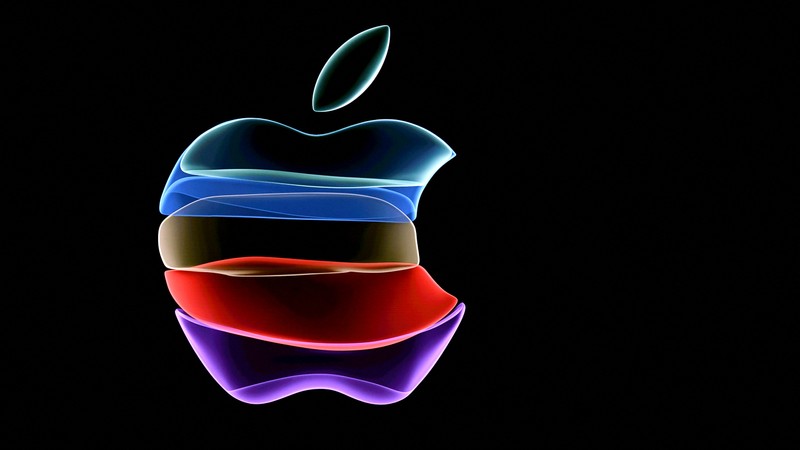MGIE: Apple and UCSB Unveil Groundbreaking AI for Intuitive Image Editing
"Discover MGIE, the revolutionary AI-powered image editing tool developed by Apple and UCSB, enabling users to make complex edits with simple language instructions. Explore how MGIE's natural language capabilities are set to democratize image editing, making it accessible to all skill levels. Learn about its features, how it works, and the potential it holds for the future of digital creativity.
Faheem Hassan
2/10/20242 min read


Revolutionizing Image Editing: Introducing Apple's AI-Powered MGIE Tool
In a groundbreaking collaboration between Apple and researchers from the University of California, Santa Barbara (UCSB), the world of digital image editing is set to undergo a significant transformation. The partnership has given rise to a new AI model known as MGIE, an acronym for MLLM-Guided Image Editing. This innovative tool is poised to redefine the way we approach image manipulation, making it more accessible and intuitive for users across the spectrum of expertise. Let's delve into what MGIE is, its capabilities, how it functions, and the potential it holds for the future of image editing.
What is MGIE?
MGIE stands out as an advanced AI model designed to facilitate image editing through natural language instructions. Unlike conventional editing software that requires familiarity with intricate tools and technical jargon, MGIE allows users to articulate their editing needs in simple language. This groundbreaking approach opens up the realm of image editing to those who may not have prior experience with complex editing software, thereby democratizing the process.
Capabilities of MGIE
MGIE's versatility is evident in its wide range of editing functions. Users can perform fundamental tasks such as cropping, resizing, and rotating images with ease. Beyond these basic edits, MGIE excels in more sophisticated operations, including adjusting lighting, fine-tuning color balance, enhancing contrast, and even executing complex modifications like object removal, background alteration, and the addition of artistic effects. Its capacity to handle "Photoshop-style" adjustments makes it a comprehensive tool for both novice and advanced users.
How MGIE Works
The secret behind MGIE's efficiency lies in its use of multimodal large language models (MLLMs), which possess the ability to interpret and process both textual and visual data. When a user inputs a textual description of the desired edit, the MLLM analyzes this instruction and translates it into specific editing commands tailored to the image. These commands are then executed by the model, culminating in the precise alterations requested by the user.
Read how Equals revolutionizes data analysis
Current Status and Future Prospects
Although MGIE is currently in the development phase, Apple has taken significant steps by publishing a research paper on the model and making it open source for further exploration. Enthusiasts can experiment with a demo version available on Hugging Face Spaces, offering a glimpse into MGIE's editing prowess. While integration into Apple's official product lineup remains pending, the potential for MGIE's incorporation into future applications is highly anticipated.
The Potential Impact of MGIE
MGIE's introduction could herald a new era in image editing, characterized by enhanced accessibility and user-friendliness. Its implications extend across various creative domains, including photography, graphic design, and marketing, where it can streamline workflows and foster innovation. However, the advent of such technology also prompts ethical considerations, particularly concerning the authenticity and manipulation of visual content.
Conclusion
MGIE represents a significant leap forward in AI-powered image editing, offering a glimpse into a future where technology and natural language converge to simplify complex tasks. As it continues to evolve, MGIE promises not only to democratize image editing but also to challenge our perceptions of creativity and technology's role in it. The journey of MGIE from a developmental project to a potentially ubiquitous tool in digital creativity will be a fascinating one to watch.
